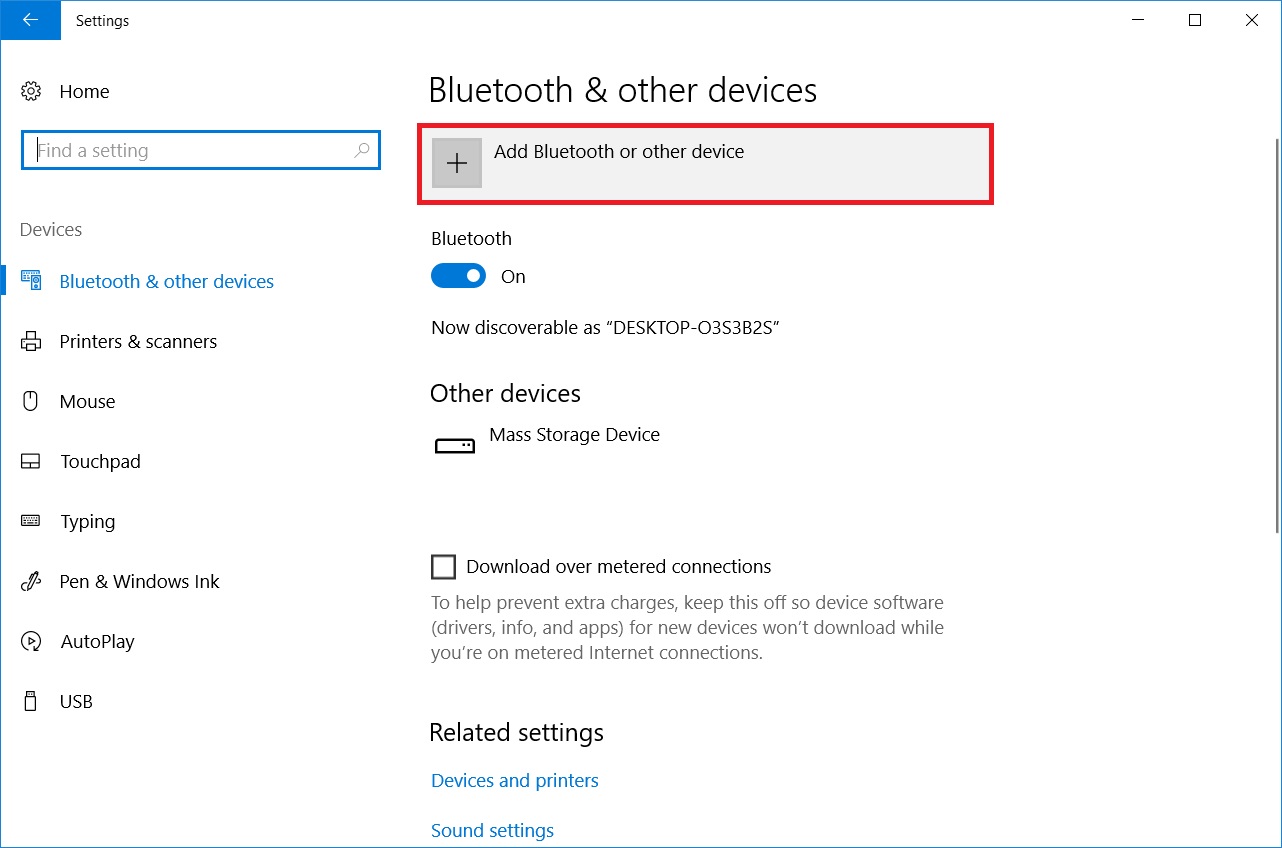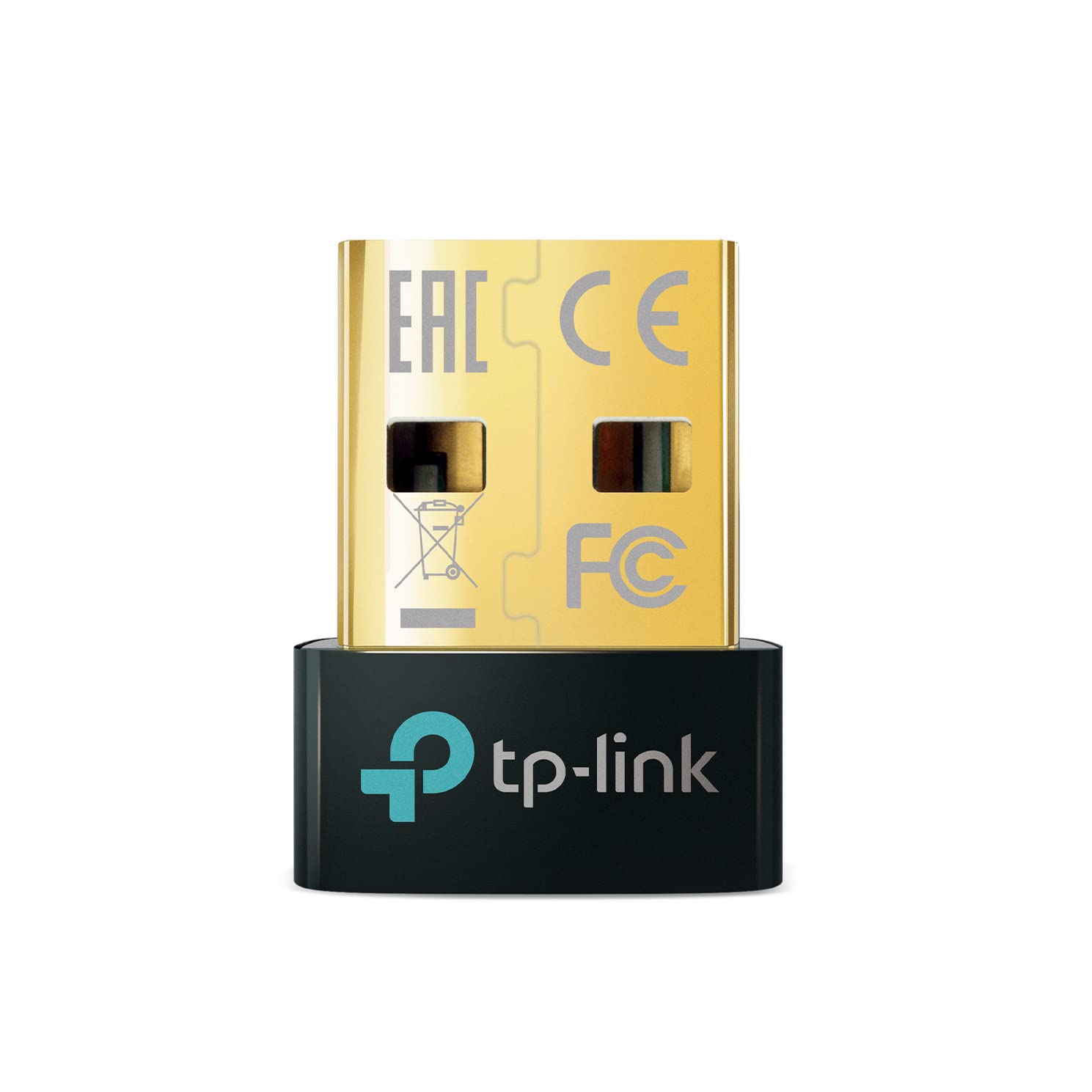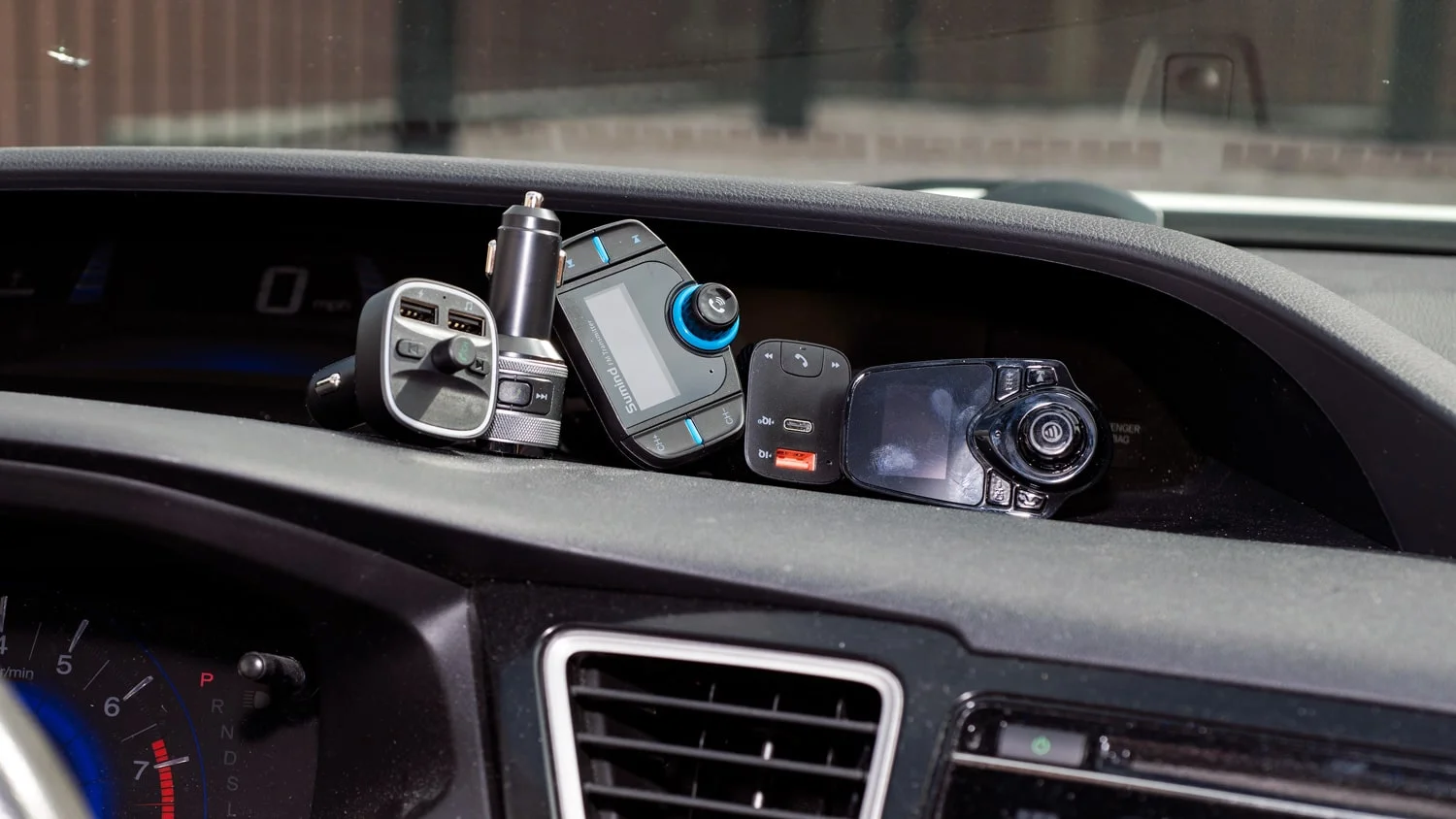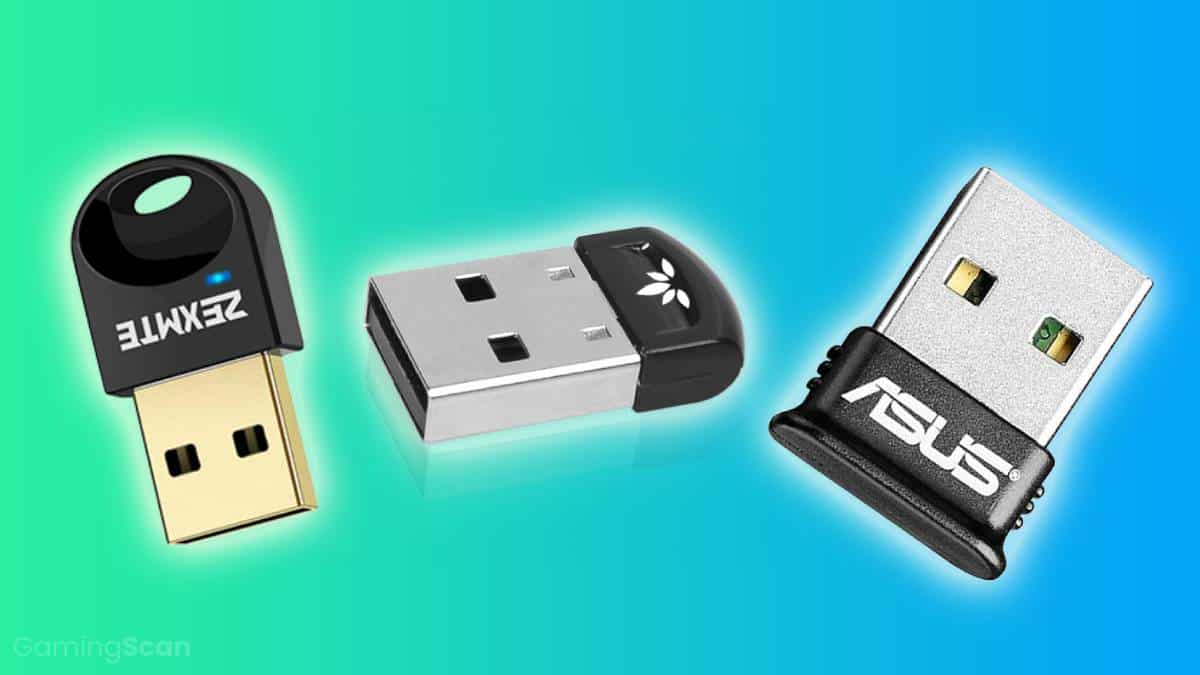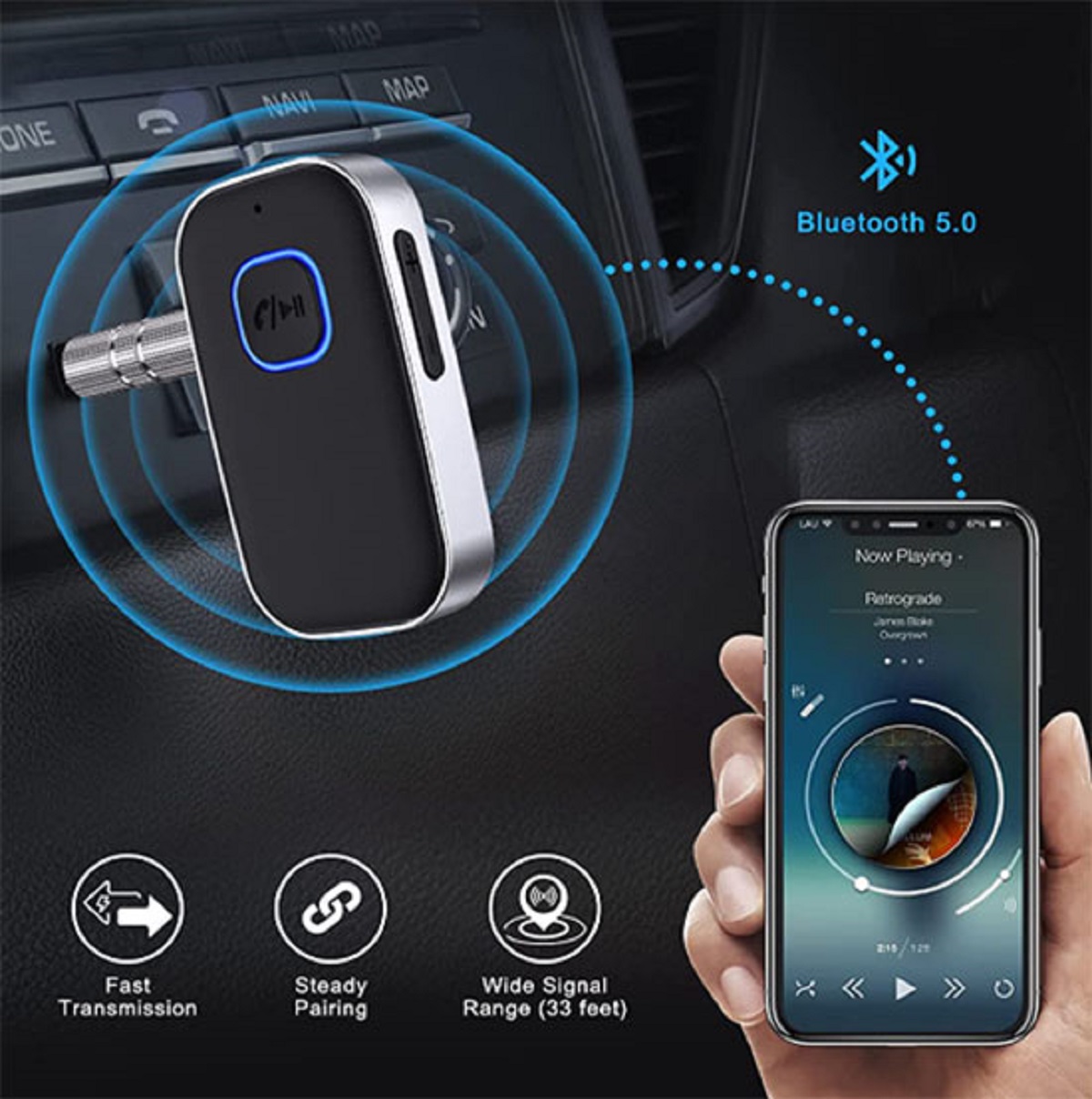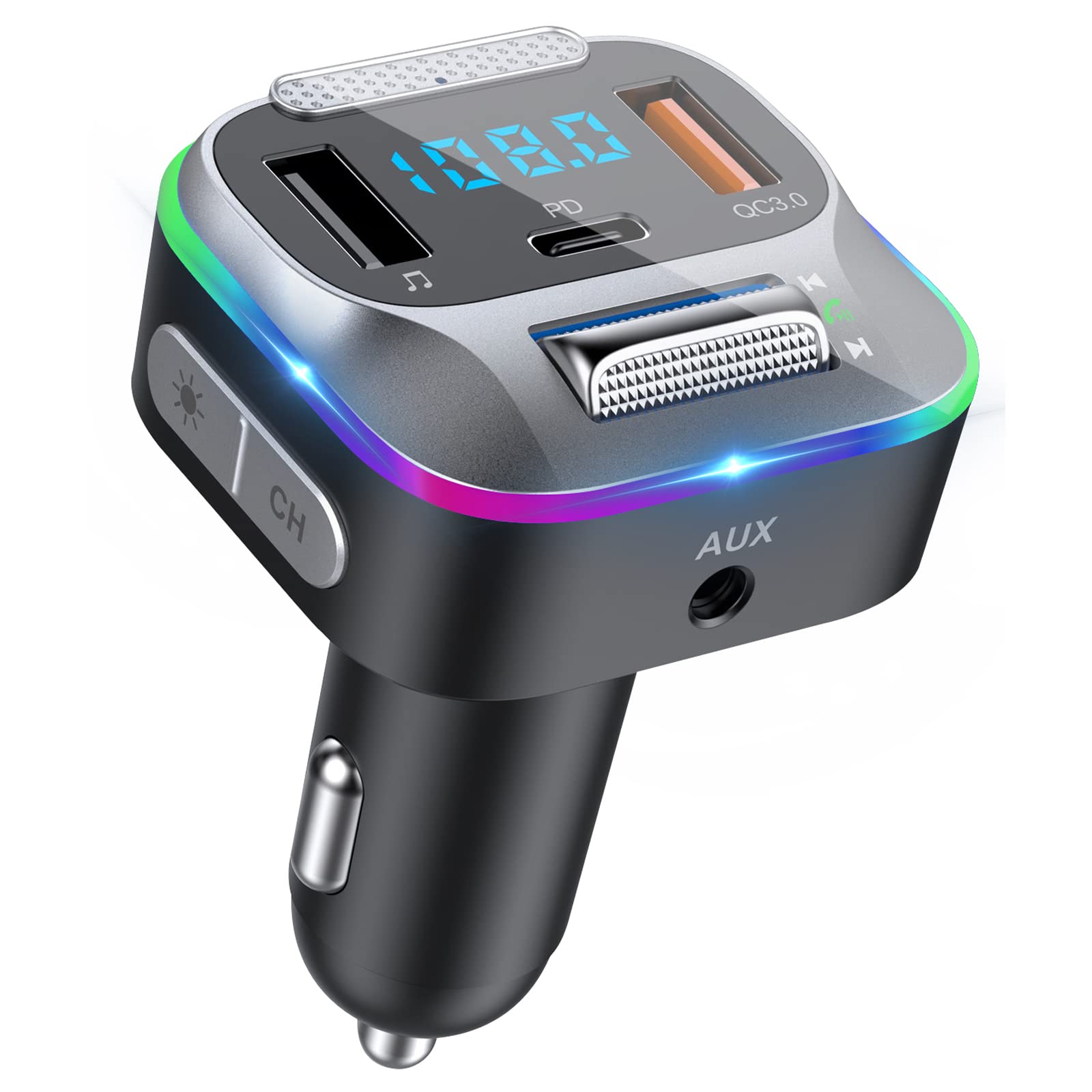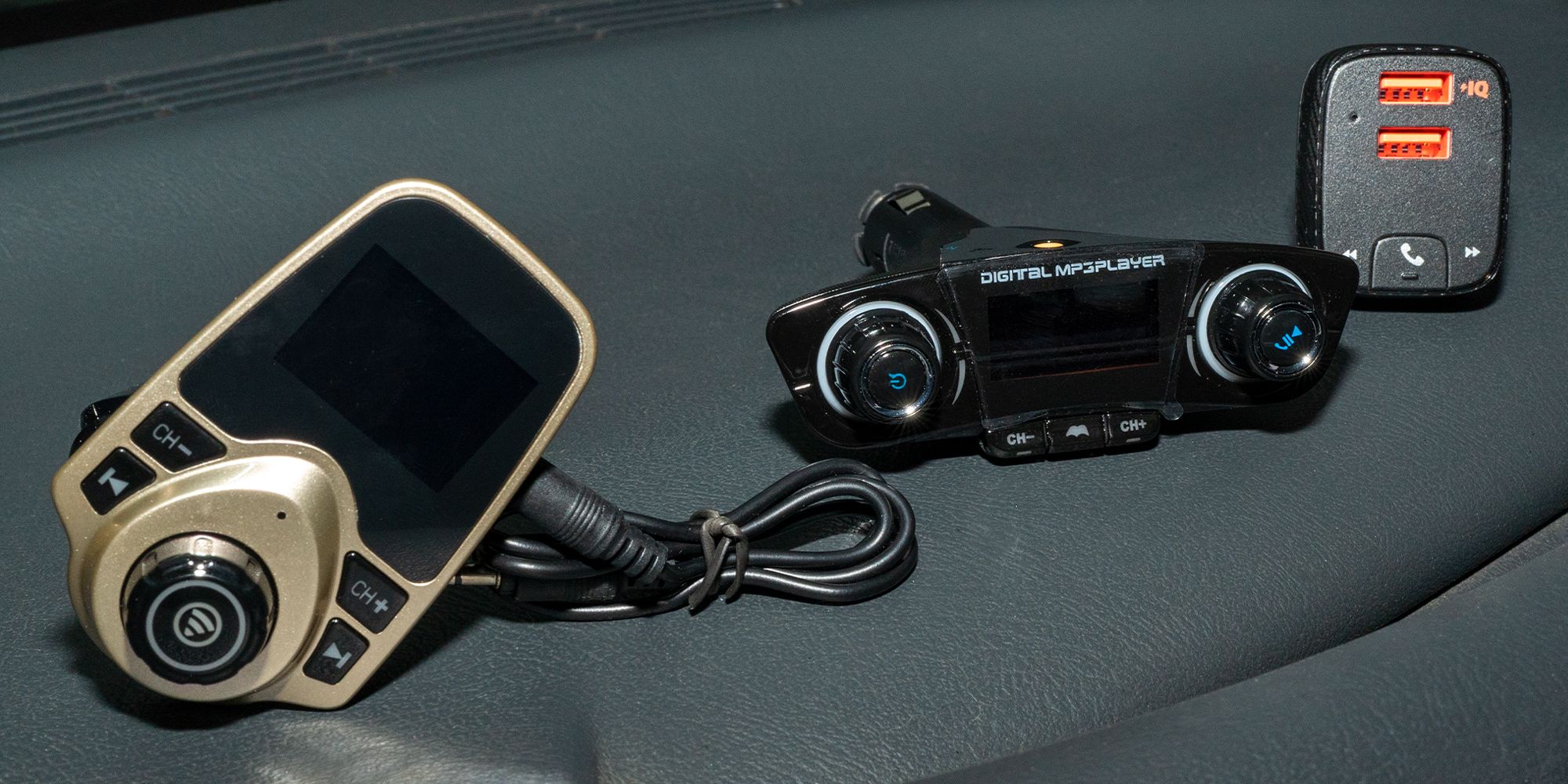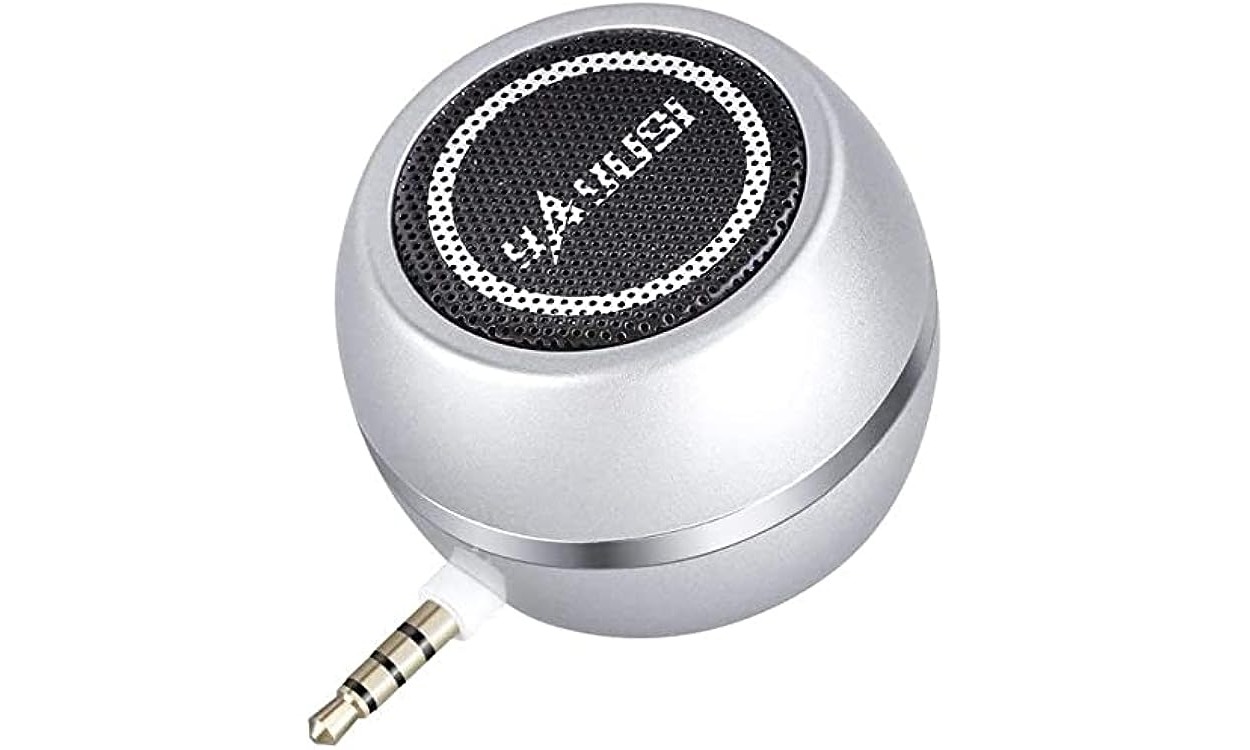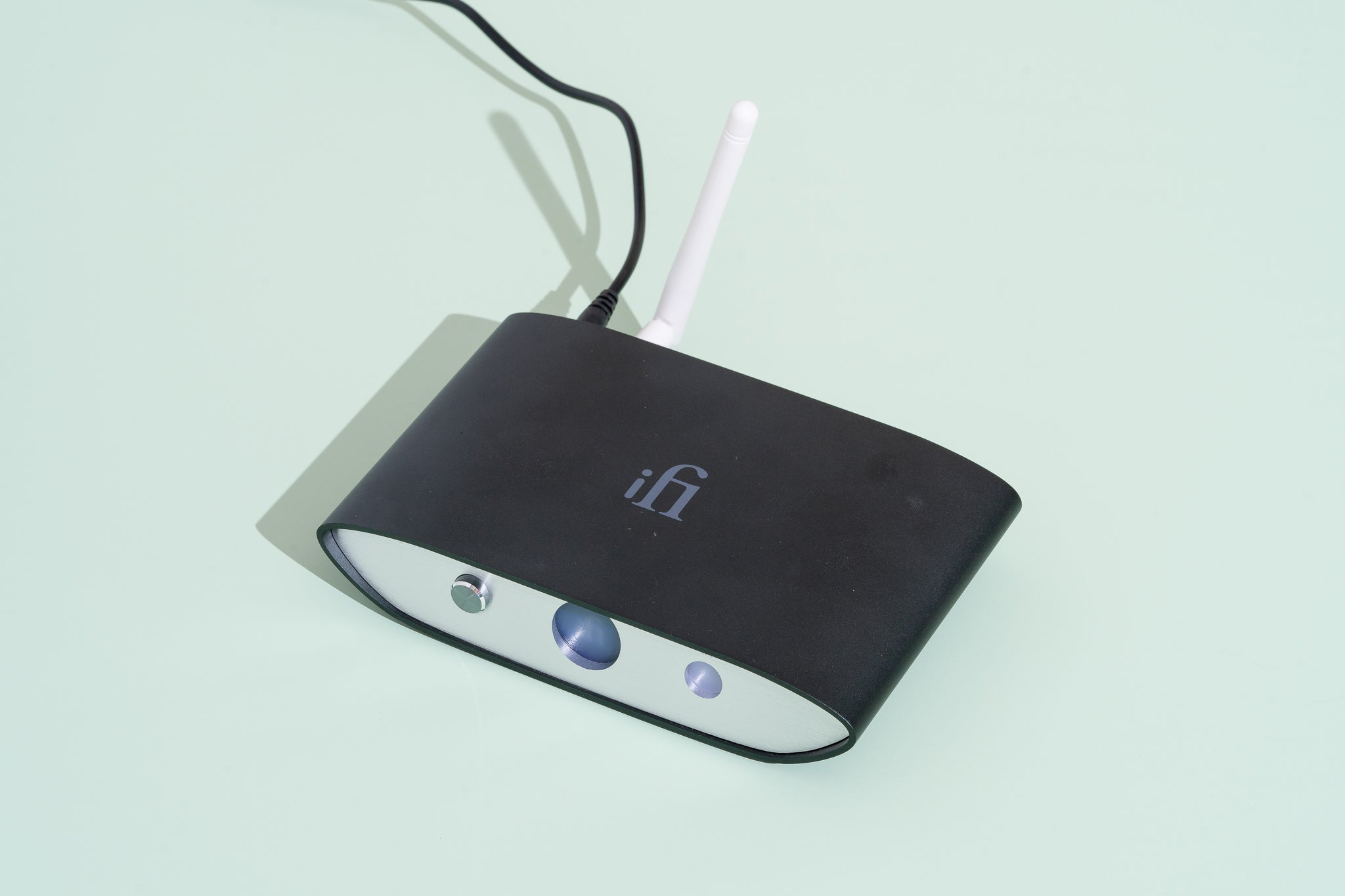Introduction
Welcome to our guide on how to add a device to Bluetooth. In this digital age, Bluetooth technology has become synonymous with seamless connectivity. Whether you want to connect your smartphone to a wireless headset, transfer files between devices, or hook up your laptop to external speakers, Bluetooth is the go-to option.
Adding a device to Bluetooth is a straightforward process, but if you’re new to this technology, it can seem a bit daunting at first. That’s why we’re here to help! In this article, we will walk you through the step-by-step process of adding a device to Bluetooth. From turning on Bluetooth on your device to completing the pairing process, we’ve got you covered.
Before we dive into the nitty-gritty, let’s quickly go over the basics. Bluetooth is a wireless technology that allows devices to communicate with each other over short distances. It uses radio waves to transmit data, effectively eliminating the need for messy cables and cords. Bluetooth-enabled devices can connect to each other without the need for an internet connection, making it a convenient option for connecting various devices.
Now that you have a basic understanding of Bluetooth, let’s get started with the step-by-step process of adding a device to Bluetooth. Whether you’re pairing a smartphone, tablet, laptop, or any other compatible device, the following steps will help you get connected in no time.
Step 1: Turn on your device’s Bluetooth
The first step in adding a device to Bluetooth is to ensure that the Bluetooth feature on your device is turned on. The exact steps may vary depending on the device you’re using, but generally, you can find the Bluetooth settings in the system settings or control panel.
If you’re using a smartphone or tablet, go to the settings menu and look for the “Bluetooth” option. Tap on it to access the Bluetooth settings. On most devices, you’ll find a toggle switch that you can slide to turn on Bluetooth. Once it’s turned on, the Bluetooth icon should appear in the notification bar or status bar of your device.
If you’re using a laptop or desktop computer, you can typically find the Bluetooth settings in the system tray or control panel. Look for the Bluetooth icon and right-click on it to access the settings. From there, you can turn on Bluetooth by selecting the “Enable” or “Turn On” option.
Once you’ve turned on Bluetooth on your device, it will start searching for other Bluetooth devices in its vicinity. Keep in mind that both the device you’re trying to pair and your own device need to have Bluetooth turned on for successful pairing.
Now that you’ve successfully turned on Bluetooth on your device, you’re ready to move on to the next step of the process. Stay tuned!
Step 2: Enable Bluetooth Discovery
Once you’ve turned on Bluetooth on your device, the next step is to enable Bluetooth discovery. Bluetooth discovery allows your device to be visible to other devices nearby, making it easier for them to find and connect to your device.
On most devices, Bluetooth discovery is automatically enabled when you turn on Bluetooth. However, some devices may have the discovery option turned off by default. To enable Bluetooth discovery, follow these steps:
- Go to the Bluetooth settings on your device.
- Look for the “Discoverable” or “Visibility” option.
- Select the option to enable Bluetooth visibility.
Keep in mind that enabling Bluetooth discovery may make your device visible to other devices for a limited period of time, usually a few minutes. After that time, your device may automatically become undiscoverable to conserve battery life or enhance security.
Enabling Bluetooth discovery is crucial when you’re trying to add a device to Bluetooth because it allows the device you want to pair with to find and connect to your device. Without Bluetooth discovery enabled, other devices may not be able to detect your device during the pairing process.
Now that you’ve enabled Bluetooth discovery on your device, you’re one step closer to successfully adding a device to Bluetooth. Keep following along for the next steps!
Step 3: Put your device in pairing mode
To add a device to Bluetooth, you need to put the device you want to pair with in pairing mode. Pairing mode allows the device to actively seek and connect to other Bluetooth devices.
The process of putting a device in pairing mode can vary depending on the device, but here are some common steps:
- Go to the settings or control panel of the device you want to pair with.
- Look for the Bluetooth settings.
- Check if there’s an option to “Enable” or “Turn On” Bluetooth pairing mode. If not, look for a “Pairing Mode” or “Discoverable” option.
- If necessary, follow the instructions on the screen or consult the device’s user manual to activate pairing mode.
When the device is in pairing mode, it will actively search for other Bluetooth devices. It may also display a visible indicator, such as a blinking LED light or a special icon on the screen, to indicate that it’s ready to pair.
Keep in mind that not all devices have a pairing mode. Some devices, such as headphones or speakers, may automatically enter pairing mode when turned on. In such cases, you can skip this step and proceed to the next.
Now that you’ve put your device in pairing mode, it’s time to move on to the next step and start the actual pairing process. Stay with us to learn more!
Step 4: Open the Bluetooth settings on your device
With your device’s Bluetooth turned on and the device you want to pair with in pairing mode, it’s time to open the Bluetooth settings on your own device. This step is crucial to establish a connection between the two devices.
The location and method to open Bluetooth settings may vary depending on the device you’re using. Here are some general steps to open the Bluetooth settings:
- Go to the settings menu or control panel on your device.
- Look for the “Bluetooth” option.
- Tap or click on the Bluetooth option to access the Bluetooth settings.
Upon opening the Bluetooth settings, you should see a list of available devices nearby, including the one you want to pair with (if it’s in range and in pairing mode). The list may include other Bluetooth devices such as headphones, keyboards, speakers, or even other smartphones or tablets.
If your device has a dedicated pairing button or a quick-pair feature, you may also find it in the Bluetooth settings. This can provide a faster way to pair devices without going through the traditional pairing process.
Now that you have accessed the Bluetooth settings on your device, you’re ready to move on to the next step and scan for available devices. Stay tuned for the next section!
Step 5: Scan for devices
Once you have opened the Bluetooth settings on your device, the next step is to scan for available devices. This will allow your device to search for and display the devices that are within its range and in pairing mode.
To scan for devices, follow these steps:
- In the Bluetooth settings on your device, look for a “Scan” or “Search” button. Tap or click on this button to initiate the scanning process.
- Your device will begin scanning for nearby Bluetooth devices. This process may take a few seconds or longer, depending on the number of devices in the vicinity.
- As the scanning process completes, a list of available devices will appear on your screen. Each device will typically be identified by its name or model number.
- If the device you want to pair with appears in the list, it means that it is within range and in pairing mode. You can proceed to the next step to initiate the pairing process.
If the device you want to pair with doesn’t appear in the list, make sure that it is turned on, in pairing mode, and within the Bluetooth range of your device. You may need to refer to the device’s user manual or troubleshoot any connection issues in order to proceed.
Scanning for devices allows you to see all the available Bluetooth-enabled devices that are in range and ready to establish a connection. Now that you have successfully scanned for devices, it’s time to move on to the next step and select the device you wish to pair with. Keep reading!
Step 6: Select the device you want to pair with
After scanning for devices in the Bluetooth settings, you will see a list of available devices that are within range and in pairing mode. Now it’s time to select the specific device you want to pair with.
To select the device you want to pair with, follow these steps:
- In the list of available devices, find the name or model number of the device you wish to pair with.
- Tap or click on the device’s name to select it.
Once you have selected the device, your device will send a pairing request to the chosen device. This request serves to establish a secure connection between the two devices.
Keep in mind that some devices may require a passkey or PIN to establish the connection. If prompted, enter the passkey or PIN on your device. The passkey or PIN is often provided in the device’s user manual or can sometimes be found on the device itself.
Once the pairing request is sent and accepted by the chosen device, the two devices will establish a connection and communicate with each other via Bluetooth. You may see a notification or confirmation message on both devices indicating that the pairing process was successful.
Congratulations! You have successfully selected the device you want to pair with. In the next step, we will cover what to do if you’re prompted to enter a PIN or passcode. Keep following our guide for the next section!
Step 7: Enter the PIN or passcode if prompted
During the pairing process, you may be prompted to enter a PIN or passcode on your device. This additional security measure ensures that you are connecting to the correct device and prevents unauthorized access.
If you are prompted to enter a PIN or passcode, follow these steps:
- Check the device you are trying to pair with for a PIN or passcode.
- If the device displays a PIN or passcode, enter the same PIN or passcode on your device.
- If the device does not display a PIN or passcode, you can enter a default PIN such as “0000” or “1234”. Alternatively, check the device’s user manual for the default PIN or passcode.
It’s important to note that the PIN or passcode needs to be entered on your device, not the device you are trying to pair with. This is to establish a secure connection and prevent any unauthorized pairing.
If you enter the correct PIN or passcode, the pairing process will proceed, and the devices will be successfully connected via Bluetooth. You may see a confirmation message on both devices indicating that the pairing was successful.
However, if you enter an incorrect PIN or passcode, the pairing process may fail. In this case, double-check the PIN or passcode and try again. If you’re still having trouble, consult the device’s user manual or contact the manufacturer for further assistance.
Now that you know how to enter a PIN or passcode when prompted, you’re ready to move on to the next step and complete the pairing process. Keep following our guide for the next section!
Step 8: Complete the pairing process
After entering the PIN or passcode (if prompted), you are in the final stage of the pairing process. This step involves completing the connection between your device and the paired device, ensuring successful communication via Bluetooth.
To complete the pairing process, follow these steps:
- Wait for the devices to establish a secure connection. This may take a few seconds, depending on the devices and their capabilities.
- Once the connection is established, you may see a notification or confirmation message on both devices indicating that the pairing process was successful.
In some cases, the paired device may require additional setup or configuration steps to fully integrate with your device. This might involve selecting the types of data you want to share, setting up access permissions, or customizing settings according to your preferences.
It’s essential to follow any on-screen instructions or prompts that appear during the pairing process to ensure a seamless connection and optimal functionality between the paired devices.
Once the pairing process is complete, you can start utilizing the benefits of the Bluetooth connection. Depending on the devices involved, you can transfer files, stream audio, control other devices, or even use your device as a remote control.
Remember that the pairing process needs to be performed only once for each device pair. In the future, the devices will automatically recognize and connect to each other, as long as Bluetooth is enabled on both devices.
Congratulations! You have now successfully completed the pairing process. In the next step, we will cover the importance of testing the connection to ensure everything is working as expected. Stay tuned for the next section!
Step 9: Test the connection
After completing the pairing process, it’s essential to test the connection between the devices to ensure that everything is working as expected. Testing the connection can help identify any issues or limitations that may arise during actual usage.
To test the connection, follow these steps:
- Choose a feature or function that utilizes the Bluetooth connection between the devices. For example, if you paired a smartphone with a Bluetooth headset, you can test the connection by making a phone call or playing audio through the headset.
- Perform the desired action using the feature or function that relies on the Bluetooth connection.
- Observe the behavior and functionality of the connected devices. Ensure that the data or media is transmitted successfully between the devices.
If the desired action doesn’t work as expected or the connection seems unstable, you may need to troubleshoot the issue. Firstly, ensure that both devices are within the Bluetooth range and that Bluetooth is turned on and properly configured on both devices.
If the issue persists, try the following steps:
- Restart both devices and attempt the pairing process again.
- Ensure that both devices have the latest firmware or software updates installed.
- Check for any signal interference or obstacles that may affect the Bluetooth connection.
- Refer to the user manuals or contact the device manufacturers for specific troubleshooting steps.
By testing the connection and addressing any issues, you can maximize the benefits of the Bluetooth technology and enjoy a seamless and reliable connection between your devices.
Now that you have successfully tested the connection, you’re ready to fully utilize the Bluetooth functionality of your devices. Whether it’s wireless audio streaming, file sharing, or device control, enjoy the freedom and convenience that Bluetooth technology provides!
Conclusion
Adding a device to Bluetooth can seem intimidating at first, but with the step-by-step guide we’ve provided, you can easily navigate the process. By turning on your device’s Bluetooth, enabling Bluetooth discovery, putting your device in pairing mode, opening the Bluetooth settings, scanning for devices, selecting the device to pair with, entering a PIN or passcode if prompted, completing the pairing process, and testing the connection, you can successfully connect your devices and unlock the benefits of Bluetooth technology.
Bluetooth technology has revolutionized the way we connect and communicate with our devices. Whether it’s wirelessly streaming music, transferring files, or controlling devices remotely, Bluetooth offers convenience, flexibility, and freedom from tangled cables.
Throughout the pairing process, it’s important to ensure that both devices have Bluetooth turned on, are within range, and are in pairing mode. Following the proper steps and entering any necessary passcodes or PINs will help establish a secure and stable connection between the paired devices.
In case you encounter any difficulties during the pairing process, be sure to consult the user manuals for your devices or reach out to the manufacturers for assistance. They can provide specific troubleshooting steps tailored to your devices.
Once the devices are successfully paired, don’t forget to test the connection by utilizing the Bluetooth features and functions. This will help ensure that the connection is reliable and that data or media can be seamlessly transmitted between the devices.
Now that you have mastered the process of adding a device to Bluetooth, you can enjoy the convenience and versatility of wireless connectivity. Embrace the freedom to connect your devices and explore the endless possibilities that Bluetooth technology has to offer.







